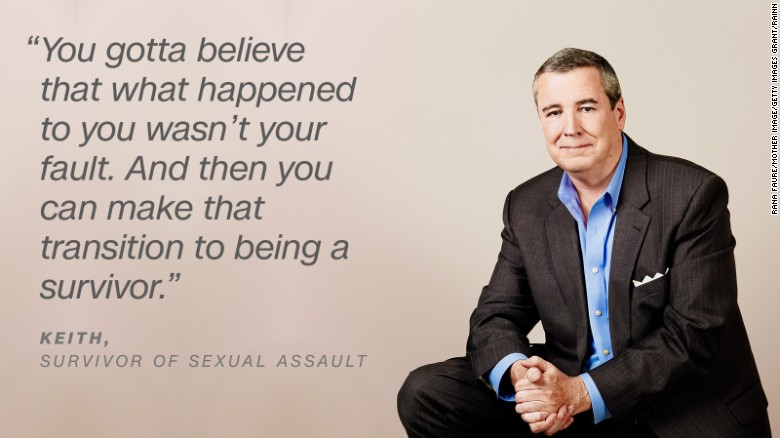OK, I admit it. When I was growing up I apparently did something horrible to my brother. I encouraged him to dress like a girl when we were playing games. I may have even painted his toe nails once or twice. Little did I know that by engaging in this behavior we were running a terrifying risk, or at least that would be what some would have you believe based on the recent national media attention given to a J. Crew advertisement.
A small picture in the summer catalog sparked outcry and national news coverage because it featured J. Crew president Jenna Lyons painting her young son Beckett’s toe nails neon pink.

Pink Toe Nails! The horror!
Apparently, neon pink toe nail polish can be very dangerous in the wrong hands (or at least on the “wrong” toes).
The horror! Psychiatrist and Fox News contributor Dr. Keith Ablow stated this “homogenizing males and females” was tantamount to “psychological sterilization,” which contributes to no one wanting to nurture young children, create families, or become soldiers. Seriously.Apparently, neon pink toe nail polish can be very dangerous in the wrong hands (or at least on the “wrong” toes).
The “wrong” toes are the crux of the whole controversy. Of course, if Lyons had painted her daughter’s toe nails pink, no one ever would have noticed. Furthermore, if Lyons had been engaged in a more “masculine” activity with a daughter like affectionately placing eyeblack on her daughter’s cheeks while her daughter donned her softball cap, no one would have claimed that it was “blatant propaganda celebrating transgender children” such as the widely reported conclusion conservative think tank Culture and Media Institute reached about this picture. Some parents expressed concerns if this type of “gender bending” would “turn” children transgendered.
Gender Or Sex?
A number of issues have been lost in the kerfuffle over little Beckett’s pink toe nails. Communication Studies and gender scholar Dr. Julia T. Wood reports that the terms “gender” and “sex” are very different. Sex is determined by biological characteristics such as our physical bodies, hormones, and chromosomes. However, as the uproar over Beckett’s pink toes illustrates, gender is another concept altogether. Gender is the meanings that a society places on the sexes – our understandings for how the sexes “should” act. Unlike the bodies we are born with, our culture creates these meanings through communicating what we think is appropriate and desirable for girls, boys, men, and women.
We often act as if these gendered norms – these socially constructed meanings – are completely natural, unvarying, and unquestionable. This is why people like Ablow state that parents should ensure their children “become comfortable” with the gendered identity they “got at birth,” as if gendered identity was the same thing as being born with an XY or XX chromosome. According to Wood, since gender is created through interaction rather than innate with our bodies, ideas of how the sexes should behave and appear changes over time and cultures. This is why in the United States, we no longer believe that the best option for women is to be homemakers or expect men to wear heels and powdered wigs like our country’s founders.
In fact, it’s not just pink toe nail polish that is the issue. These gendered norms extend from minute requirements about appearance (“appropriate” colors, hair styles, and clothing for the sexes) to how we are “supposed” to act and what we are capable of achieving. Over time, we have radically changed our ideas of careers, family care taking options, and civic work that are possible for the sexes. Do we really want to move back to the days when narrowly defined gendered identities people were thought to be “born with” included women being only suited for domestic tasks and men as the stern breadwinner?
As our culture moves forward, boys and girls are earning more freedoms to express themselves in different and creative ways. As parents, educators, friends, and family members, we need to allow children and ourselves the freedom to develop identities regardless of sex. If we do that, it won’t only be our toes that are rosy pink – it will be all of our futures!







